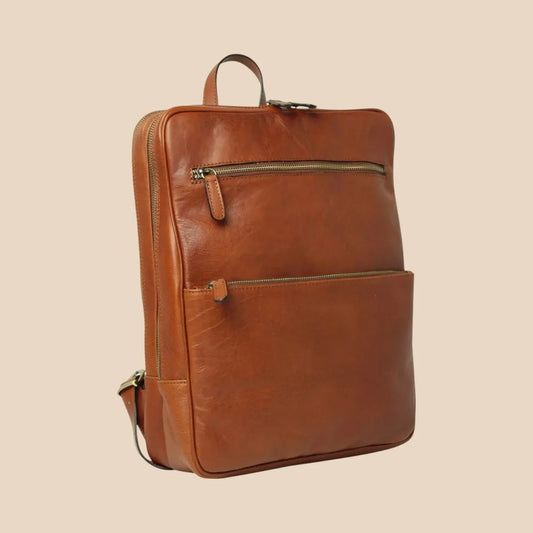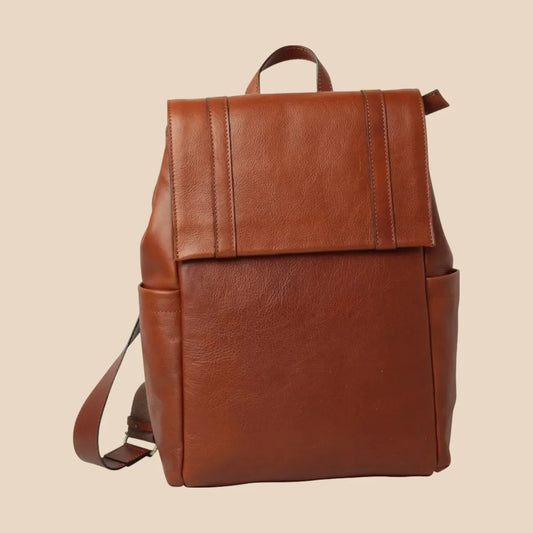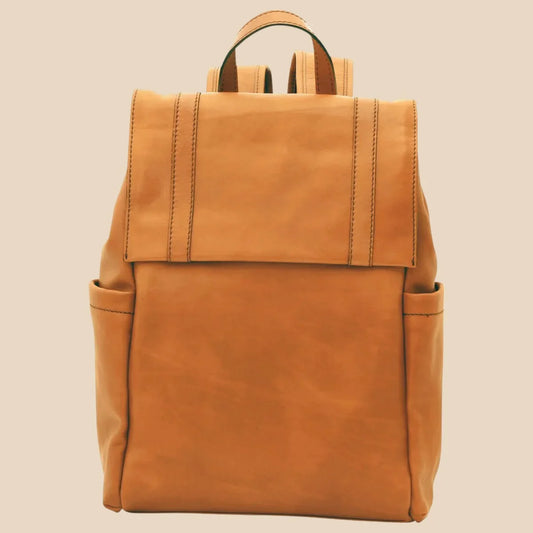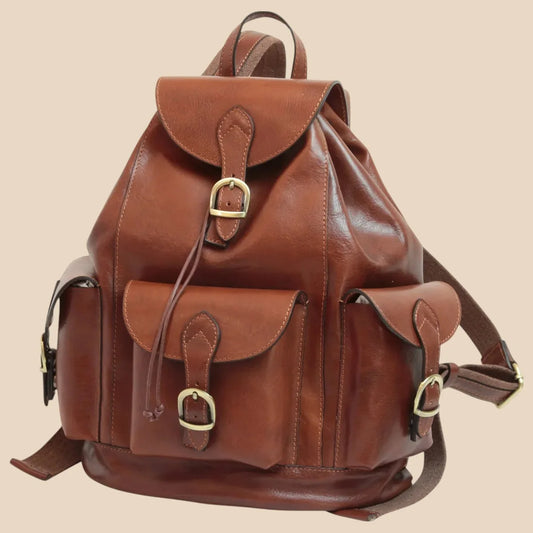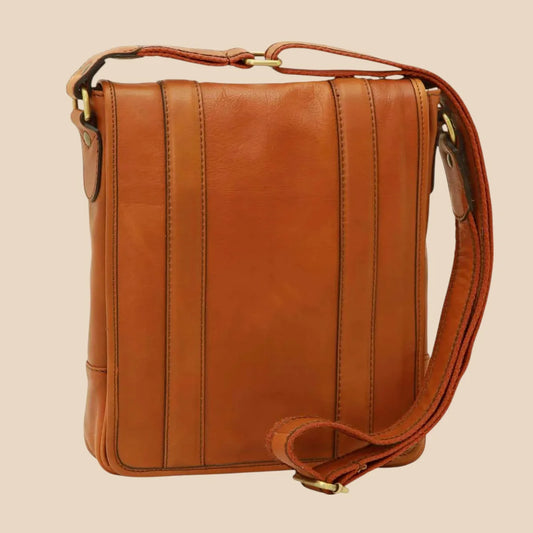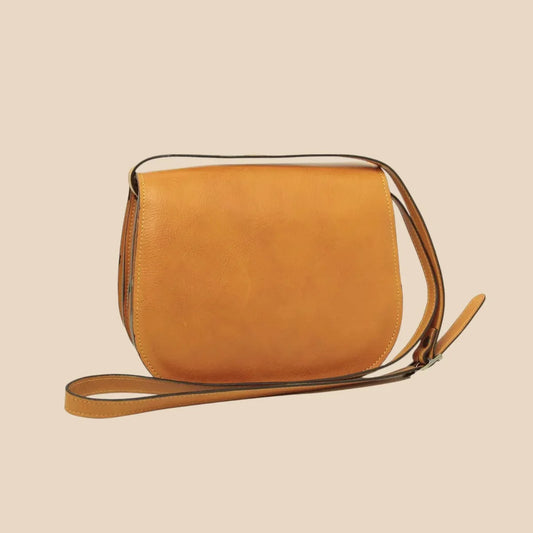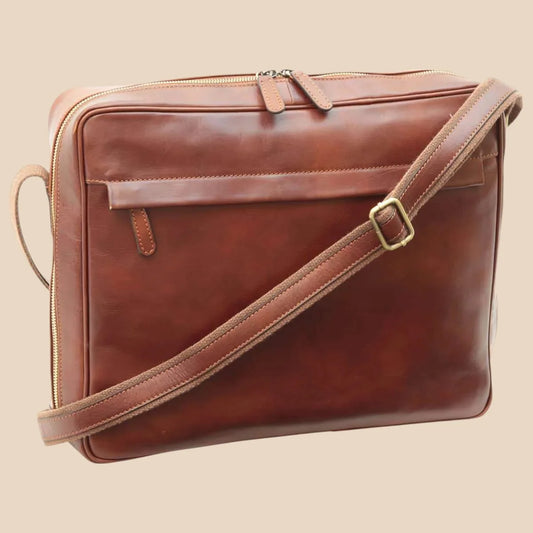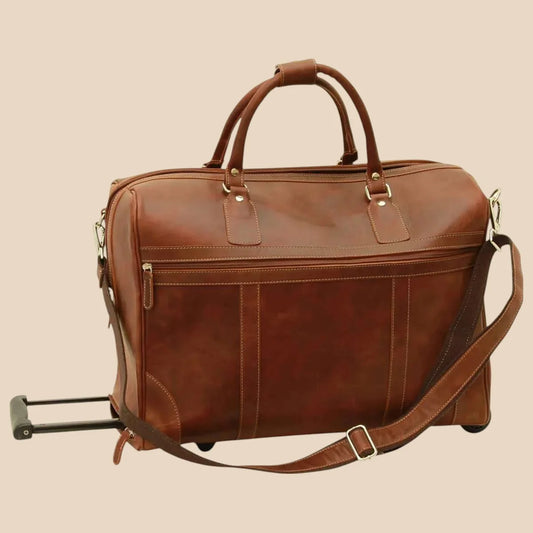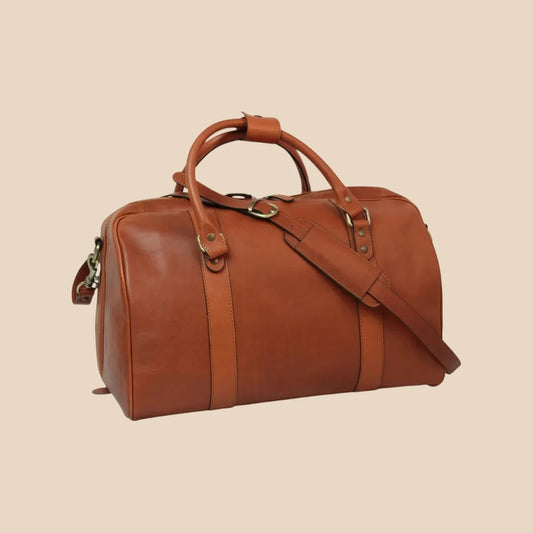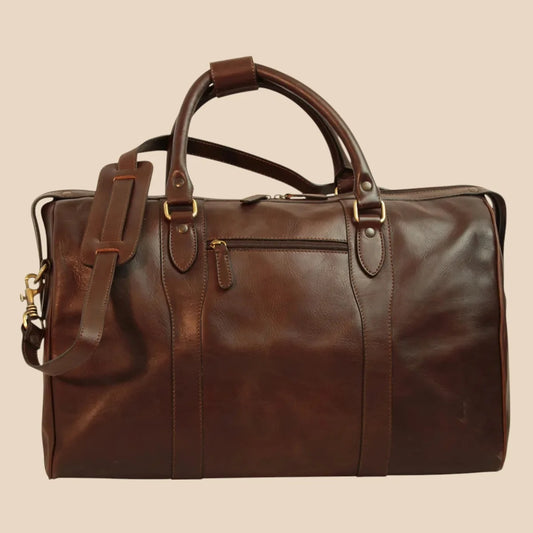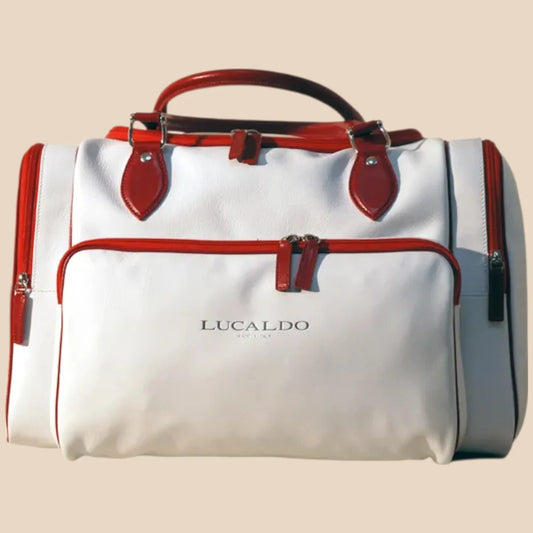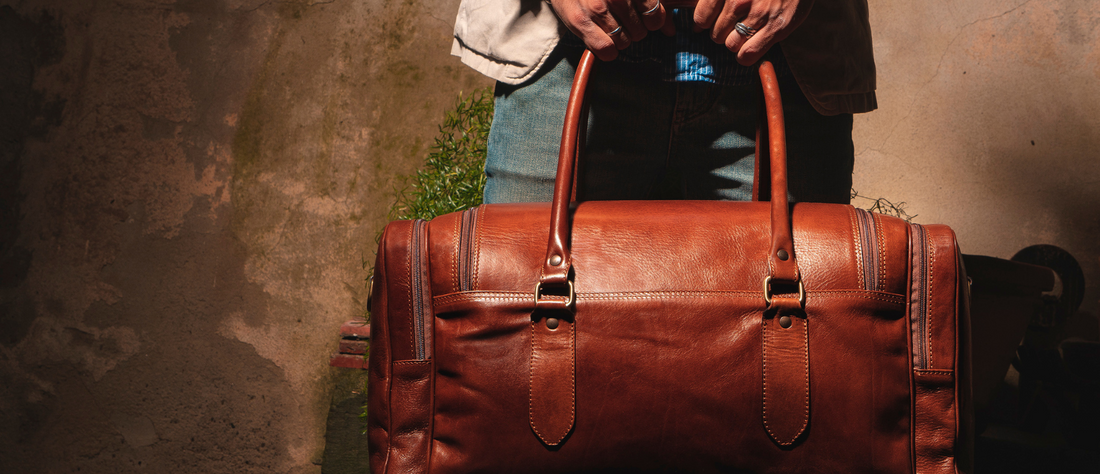
Leather's Dark Side: The Cons You Should Know Before You Buy
So, you're thinking about buying a gorgeous leather bag or maybe a snazzy new pair of boots? Leather's awesome, right? Durable, stylish, and it just smells so good. But before you whip out your credit card, let's have a chat about the not-so-glamorous side of leather. Like that friend who looks perfect on Instagram but leaves dirty dishes everywhere - leather has its flaws.
Introduction
I love leather. My /collections/wallets-card-holders is packed, and I'm always eyeing a new /products/handmade-business-leather-briefcase. But even a leather-lover like me needs to acknowledge the downsides. This isn't about leather-bashing, it's about informed choices. Let's dig in.
The Problem
Leather's got a reputation for luxury and long-lasting style, but it comes with baggage - literally and figuratively. We're talking about the ethical, environmental, and practical downsides that often get overlooked. This can range from animal welfare concerns to the hefty price tag and finicky maintenance needs.
Ethical Quandaries
Leather is essentially animal skin. While some argue it’s a byproduct of the meat industry, the conditions in which these animals are raised and slaughtered can be deeply troubling. There’s also the issue of exotic leather, where animals like alligators and snakes are specifically farmed for their skin.
Environmental Footprint
Tanning, the process of turning hides into leather, uses a cocktail of harsh chemicals. These chemicals can pollute waterways and harm the environment. Leather production also contributes to greenhouse gas emissions, adding to our global climate woes.
Practical Pain Points
Let's be real, leather can be a high-maintenance diva. It's prone to scratches, stains, and water damage. Ever spilled coffee on your favorite leather jacket? Yeah, not fun. Plus, that luxurious feel comes with a luxury price tag. A quality leather item can put a serious dent in your wallet. It can also be sensitive to extreme temperatures, not ideal if you live in a place with scorching summers or freezing winters.
Root Causes
So, what's at the heart of these leather dilemmas? Let's break it down:
Sourcing & Production
The demand for cheap leather fuels unsustainable farming practices and unethical treatment of animals. Mass production often prioritizes speed and cost over environmental responsibility.
Chemical Tanning
Traditional tanning methods rely heavily on chemicals like chromium, which can have devastating effects on the environment and the workers handling them.
Lack of Transparency
It can be challenging to trace the origins of your leather goods, making it difficult to know if they were produced ethically and sustainably.
Solutions
Luckily, things are changing. Here are some promising solutions:
Sustainable Alternatives
Innovative materials like plant-based leather (made from pineapple leaves or cork, for example) are offering cruelty-free and eco-friendly alternatives. While they may not have the exact same feel as traditional leather, they are constantly improving in quality and durability.
Vegetable Tanning
This traditional, more natural tanning process uses plant-based tannins, reducing the reliance on harmful chemicals. While it takes longer and can be more expensive, it’s a more sustainable option.
Ethical Certifications
Look for certifications like Leather Working Group, which promote responsible leather manufacturing practices. These certifications can help you identify brands committed to sustainability and animal welfare. It’s like a little stamp of approval that tells you you're making a good choice.
Preventive Care
Okay, so you've already invested in that beautiful /products/handmade-full-grain-leather-shoulder-bag. Now, how do you keep it looking its best and extend its lifespan? Here are a few tips:
Regular Cleaning & Conditioning
Use a leather cleaner and conditioner specifically designed for your type of leather. This will help remove dirt and grime and keep the leather supple and hydrated, preventing cracking and dryness.
Protection from the Elements
Avoid exposing your leather goods to direct sunlight, extreme heat, or rain. If they do get wet, wipe them down with a soft cloth and let them air dry naturally. Don't use a hairdryer, trust me.
Storage Savvy
Store your leather items in a cool, dry place, ideally in a dust bag. Stuff them with tissue paper to help maintain their shape and prevent creasing.
FAQs About Bufalo d'Oro
Where do you source your leather?
We partner with reputable tanneries committed to sustainable and ethical practices. We believe in transparency and are happy to answer any questions about our sourcing.
What type of tanning do you use?
We primarily utilize vegetable tanning, a traditional method that minimizes environmental impact. We also offer a selection of full-grain leather products, which are known for their durability and natural beauty.
How can I care for my Bufalo d'Oro products?
We provide detailed care instructions with each product to ensure its longevity and maintain its unique character. Our blog also offers helpful tips on leather care and maintenance.
Conclusion
So there you have it. Leather has its dark side, but being aware of the downsides empowers us to make more informed decisions. Whether you choose traditional leather, explore sustainable alternatives, or opt for a vintage find, knowing the story behind your leather goods makes all the difference. Remember, conscious consumerism is always in style. Now, go forth and shop (responsibly!).




